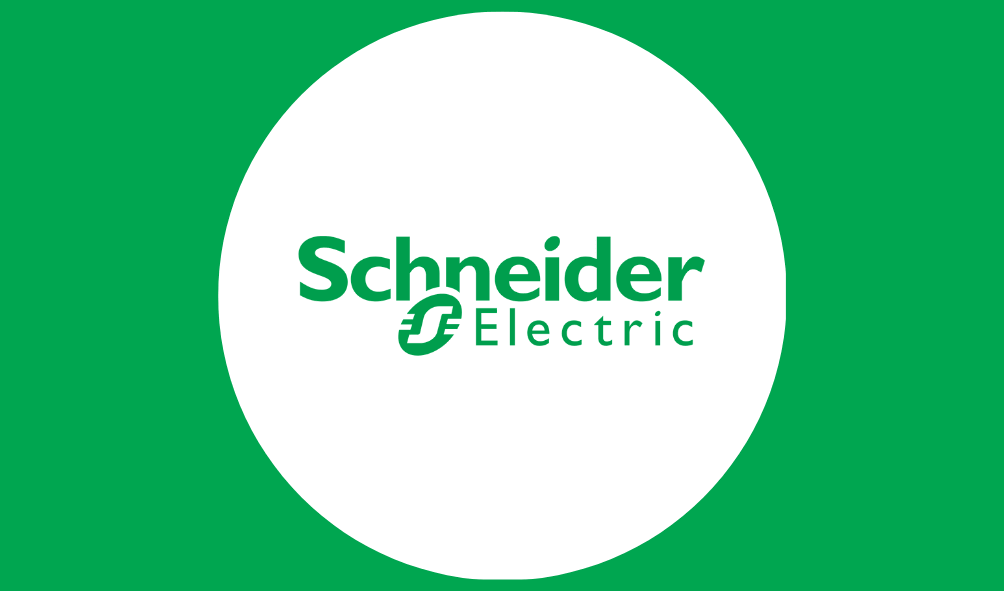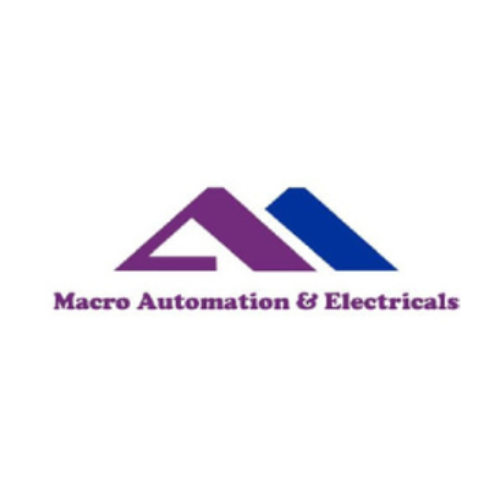- +91 9886004169
- info@unisolcommunications.com


Fiber optic cable is increasingly being used to address high-speed network requirements. In data centers, cable infrastructure grows more advanced.
In this situation, efficient cable management is critical since disorganized cabling leads to fiber loss and is difficult to fix. Then you can deploy fiber-optic patch panels as cable system tools.
What is the Fiber Optic Patch Panel?
In a similar way, a fiber optic panel is referred to as a distribution panel. It’s used to terminate a fiber-optic link and expand a link using individual split fibers.
Fiber patch panels can also offer a safe environment for newly discovered fiber, connectors, and splices.
Fiber Optic Patch Panel Types:
Three different types of fiber patches can be found on panels. In all forms, fiber cable, splices, and connectors can be housed, organized, managed, and protected.
The din rail patch panel is small enough to fit in a cabinet alongside other din rail equipment. Din Rail mount enclosures keep the pitching close to the active equipment they support, reducing cable handling in the cabinet.
The fibers on the rack mount are generally horizontal to the panel and appear to be a drawer. Rack mounting panels are available in 1U, 2U, 4U, and 192U configurations. Rack-mount boxes are divided into two categories. The slide-out variety is one, while the regular variety is the other.
The mounting panel is designed for enclosed wall attachment of adapter or splice cables. They’re built out of steel sheets and have a textured light black powder coat finish. These panels may be readily affixed to any wall due to inbuilt assembly lines. The fibers can keep the cables organized and protect them from dust and dirt.
Fiber Patch Panel Structure:
An enclosed chamber, adaptor panels, and adapter connectors (providing low optical loss by connecting compatible connectors) make up a standard fiber patch panel (organizing and securing splice modules).
On a fiber patch panel, adapters come in a variety of shapes and sizes, such as LC, SC, FC, ST, and so on. Typically, all of the adapters on a panel are of the same type.
When more than one type of optical fiber connector is used in a network, however, a panel with multiple types of adapters may be required.
The fiber panel has two chambers. The receptacles or adaptors are in one, while the splice and extra fiber are in the other.
With some patch panels, optional cable management trays can be used to store additional patching cable lengths.
Ports of Patch Fiber:
The fiber patch panel’s ports allow data to enter and depart the panel. The port number might be anything from 12, 24, 48, 96, or 192.
A patch panel’s number of ports isn’t restricted in any way. The box can be filled with integrity without interfering as long as there is enough space.
Patch Panel Fiber Termination:
With a pigtail or field termination, the connector can be used in a patch panel. If the patch panel uses the pigtail approach, a splice tray is required.
This method provides the best quality and, in most cases, the fastest connection. The second method utilizes a fiber optic connector for field termination.
A fiber optic connector is instantly installed on each individual fiber. This method takes longer than a pigtail but does not necessitate the use of a splice panel.
However, the connection quality may not be as good as pre-finished pigtails.

































Unisol believes in transparency. Take a look at our ongoing projects that are currently making a difference
Manufacturing Initiatives


Copyright © 2025 | Unisol Communications Pvt Ltd. | All rights reserved.